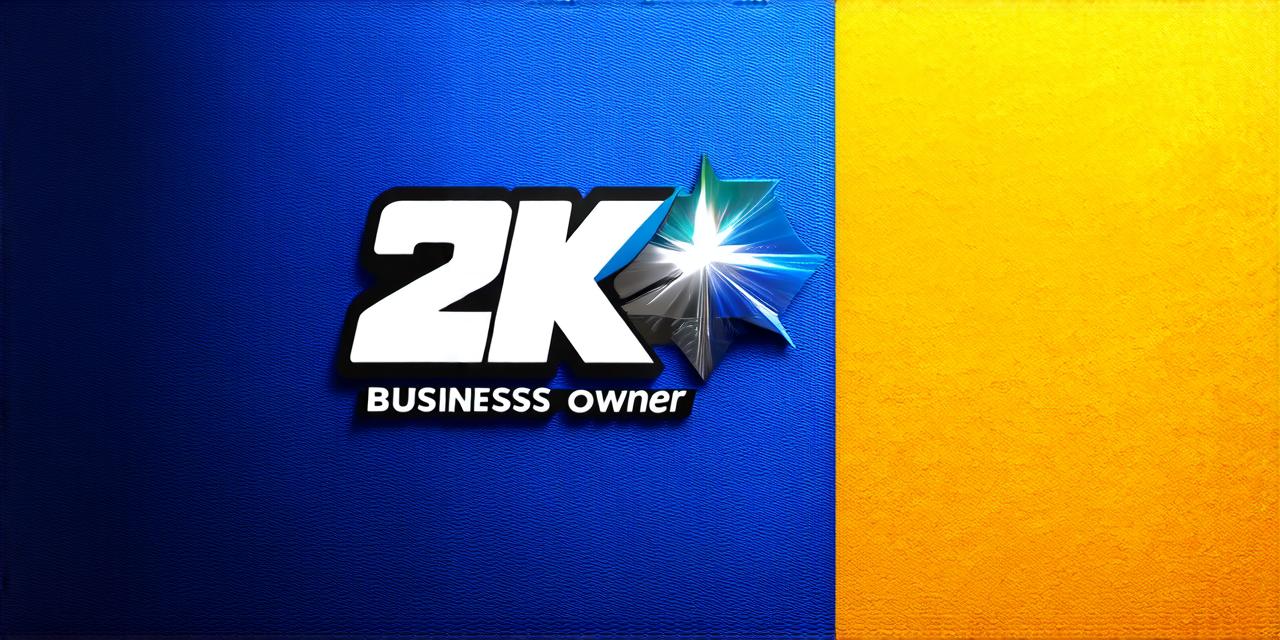
Your business needs a logo to establish its identity and connect with your target audience. A well-designed logo can evoke emotions and create a lasting impression on your customers, helping them remember your brand and keep coming back. However, creating a logo that effectively represents your business can be a challenging task, especially if you don’t have any experience in graphic design.
The Importance of Creating a Logo for Your Business
Before we dive into the process of creating a logo, let’s explore why it is essential for your business. Here are some reasons why every business needs a logo:
- Establishes Brand Identity: A logo helps you establish your brand identity and set yourself apart from your competitors. It represents the values and personality of your business, making it recognizable to your target audience.
- Increases Brand Awareness: A well-designed logo can help increase brand awareness by making your business more visible to potential customers. It can be used on various marketing materials, including website design, social media profiles, and print materials.
- Creates a Lasting Impression: A logo that effectively communicates your brand values and resonates with your target audience can create a lasting impression that keeps them coming back. This is especially true for businesses in the retail industry, where customers are more likely to remember visually appealing logos.
- Builds Trust and Credibility: A professionally designed logo can help build trust and credibility with your customers, making them more likely to do business with you. This is especially important for new businesses that want to establish a positive reputation from the start.
- Boosts Brand Loyalty: A well-designed logo can also help boost brand loyalty by creating a sense of belonging among your customers. It can be used to create exclusive merchandise or reward loyal customers with special promotions.
Creating Your Logo Design Process
Now that we understand the importance of having a logo let’s explore the process of creating one for your business. Here are the steps you need to follow:
- Define Your Brand Values and Target Audience: Before you start designing your logo, it is essential to define your brand values and target audience. This will help you create a logo that resonates with your customers and aligns with your brand personality.
- Research Your Competitors: It is also essential to research your competitors to see what logos they use and how they represent their brands. This will help you avoid creating a logo that is too similar to your competitors and make yours stand out.
- Sketch Out Your Design Ideas: Once you have defined your brand values and target audience, start sketching out your design ideas. This can be done using pen and paper or digital tools such as Adobe Illustrator or Canva. It is essential to brainstorm multiple ideas before settling on a final design.
- Refine Your Design: After selecting your top logo designs, refine them by adding colors, fonts, and other elements that enhance the overall design. This can be done using graphic design software or by working with a professional designer.
- Test Your Logo: Once you have finalized your logo design, test it on various marketing materials, including business cards, websites, and social media profiles. It is essential to ensure that the logo looks good in different contexts and sizes.
- Register Your Logo: Finally, register your logo with the appropriate government agency in your country or state. This will protect your logo from being used by others without your permission.
Case Study: Creating a Logo for an Eco-Friendly Business
Let’s take a look at a case study of creating a logo for an eco-friendly business called “Green Earth Cleaning Services.” Green Earth Cleaning Services is a new startup that offers sustainable cleaning solutions to residential and commercial customers. The company’s target audience includes environmentally conscious individuals and businesses that want to reduce their carbon footprint.
Defining Brand Values and Target Audience
Green Earth Cleaning Services values sustainability, environmental protection, and quality. The target audience includes eco-friendly individuals and businesses that want to reduce their carbon footprint.
Researching Competitors
After researching competitors in the sustainable cleaning industry, we found that most logos used natural imagery such as leaves or trees to represent their brand values. However, Green Earth Cleaning Services wanted to differentiate itself by using a more modern and minimalist design approach.
Sketching Out Design Ideas
We started by sketching out multiple logo designs that incorporated the company’s name and tagline. We also brainstormed ideas for natural imagery such as leaves or trees that could be used to represent the company’s commitment to sustainability.
Refining the Design
After selecting our top logo design, we refined it by adding a modern sans-serif font and a green color palette to reflect the company’s commitment to eco-friendliness. We also added the tagline “Sustainable Cleaning Solutions” to emphasize the company’s focus on environmental protection.
Testing the Logo
Once we had finalized the logo design, we tested it on various marketing materials, including business cards, websites, and social media profiles. We ensured that the logo looked good in different contexts and sizes by testing it on various backgrounds and font sizes.
Registering the Logo
Finally, we registered the logo with the appropriate government agency in our state to protect it from being used by others without permission.
Conclusion
Creating a logo for your business can be a challenging task, but it is essential to establish your brand identity and connect with your target audience. By following the steps outlined in this article, you can create a logo that resonates with your customers and aligns with your brand values. Remember to research your competitors, define your brand values and target audience, sketch out your design ideas, refine your design, test your logo, and register your logo with the appropriate government agency.


